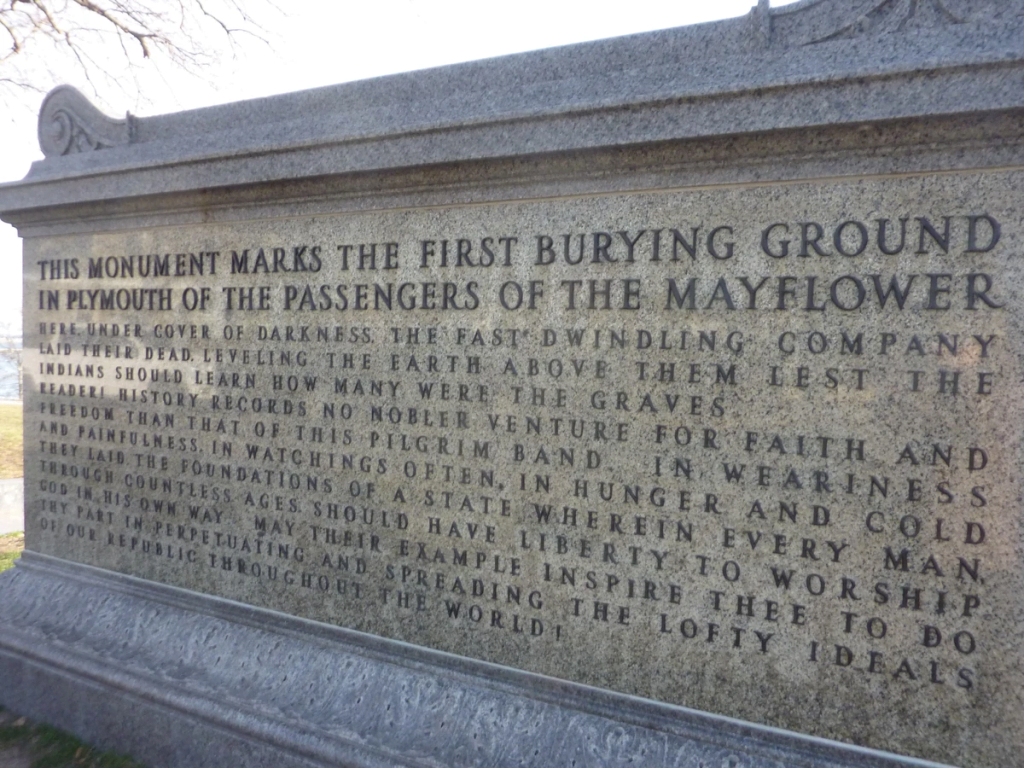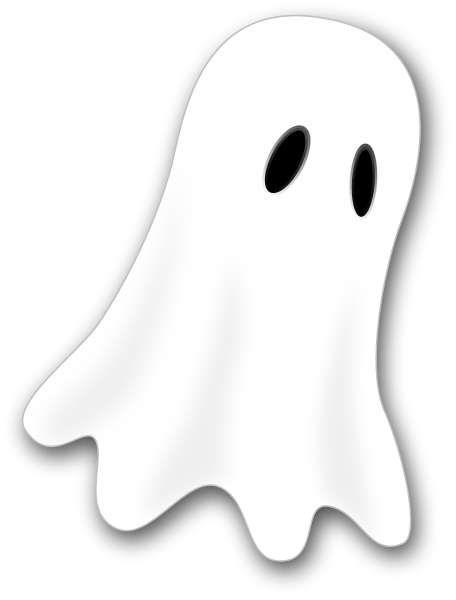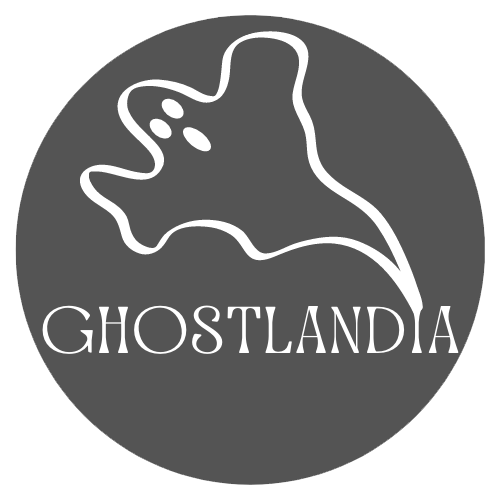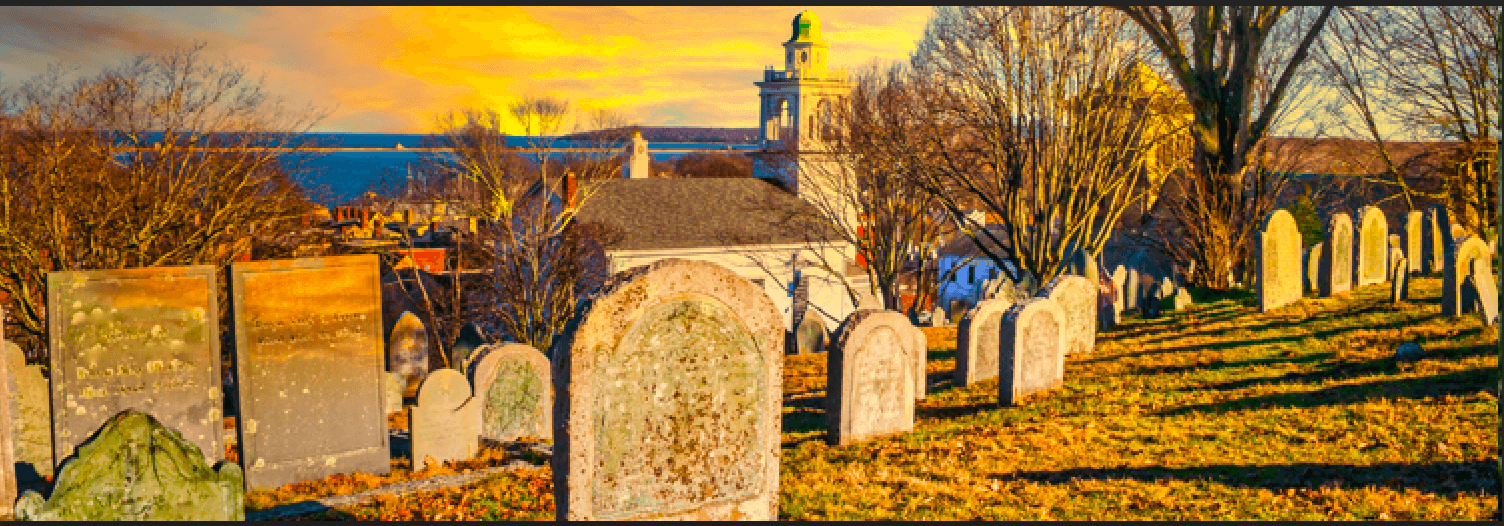Considered the Haunted Hometown of the US, Plymouth, Massachusetts has more than just historical tales about the U.S.’s first immigrant ancestors crossing the ocean blue. The Mayflower landed here in 1620, bringing pilgrims from Europe to escape religious persecution. Stepping off the ships after a long and arduous journey, the new residents didn’t hesitate to begin building up the Plymouth Colony, marked by a stone near where they landed and the year 1620 carved into the rock. Plymouth Rock would later accidentally be broken into two pieces, with one part centered in the heart of the newly formed town square.

During later years as the pilgrims suffered from harsh winters and disease, Massasoit and the Wampanoag confederacy would keep the pilgrims from starving by helping them acclimate to the new and strange world where they forged their lives. Even with those efforts, 52 of the 100 who landed at the rock would die of starvation or hypothermia. If not for the help, most of the pilgrims most likely wouldn’t have lasted much longer than their shipmates. On March 22, 1621, Massaoit forged peace between the colonists and the confederacy of the Wampanoag.
Perhaps Plymouth’s most famous and enduring story is that of the First Thanksgiving, where the newly settled pilgrims invited local indigenous tribes to celebrate with a feast. Assumed to have occurred in 1621, the occasion was celebrated by the 53 Pilgrims, and with Massasoit, the leader of the Wampanoag confederacy, and 90 of his men. While the original thanksgiving did not include turkey, there was certainly no shortage of game birds and waterfowl on the table for the three-day celebration.

Later in the rocky relationship between the Wampanoag and the Settlers, Massasoit’s son, Metacom, would become the new leader and engage in a brief but bloody war over, ironically, the pilgrim’s attempts to convert the confederacy to Christianity and abandon their own culture and the suspected murder of his brother, Wamsutta. Most tragically and macabre, the war would end with Metacom’s capture, and his head was placed on a spike in the center of town – where it stood for 20 years.
As the settlers built structures and learned to hunt in the new forests that had never been seen by European eyes, another need of a burgeoning settlement is that of a cemetery. Nearly as soon as they landed and decided to settle in Plymouth, they created a fort on the location now known as burial hill for its wide views across the valley and bay. The building would be destroyed and bodies would begin to be interred there later in the 1620s. Legends say the first body interred at the new cemetery was Pilgrim John Howland, however Howland passed in 1672, though his headstone has been lost to time and some claim even older burials before his. Today, the oldest known stone on Burial Hill is that of Edward Gray, who died in 1681.

The lists of burials at Burial Hill in Plymouth reads like a who’s who of Mayflower survivors and those who helped forge the little piece of sanctuary the pilgrims crossed an ocean to achieve. Governor William Bradford and William & Mary Brewster are buried here, some of the most influential residents the colony had in life. Nearly 2500 people are estimated to be buried in the Burial Hill, many in the earliest days and large graves for tragedies that occurred near the rock.
In 1788, a shipwreck on the shores near Plymouth in rough and choppy waters made rescue efforts from the local residents all but impossible. The locals were finally able to get to the stranded ship, but unfortunately the sailors had all died from hypothermia before they could be reached. A mass grave was dug on Burial Hill in Plymouth and the doomed sailors were laid to rest there, with the view overlooking the bay that took their lives.
It might not surprise you to learn that Burial Hill is considered one of the most haunted locations on the eastern seaboard. With a longer colonial history than nearly any other state, the ghosts of America’s past still wander the twisting trails through the cemetery, even in death. Some consider it the oldest haunted cemetery in the country, with Native American burial grounds excluded.

One story tells of the Mayflower descendent, Thomas Southward Howland, who angered an alleged witch by forcing her off of his property. The woman called back “Make your peace, because you will not live to see another sunset. They’ll dig your grave on Burial Hill.” The prophecy turned out to be true, and Howland would only live one more day before falling off his horse and dying. His restless spirit, probably cursed in the afterlife as well, wanders the grounds of burial hill in period clothing, making some visitors believe he’s simply a reenactor, rather than an originator of the tales.
The cemetery was also nearby to a building housing a medical school, today known as John Carver Inn. Students would sneak up the hill in the night to steal cadavers for their own study, and while they were banished not long after the discovery of their misdeeds, legends say that the corpses they stole still wander the halls of the historic hotel. Legends also tell of the ill-fated sailors who ran aground in 1788 still wander nearby their mass grave on Burial Hill, some still covered by the ice that took their lives.

Paranormal Investigators have been exploring the site since the discipline became popular, and nearly every group that investigates the burial ground say it has a heavy, dark, and hostile, with an oppressive feeling to it. Many reports of full-bodied apparitions are shared around campfires in Plymouth, one of the most frightening being a sighting of a man in deerskin clothing. The man witnessing the apparition tried to get his attention, following him for several rows of the cemetery. When he finally caught up with who he thought was another reenactor, the deerskin clad man turned around and revealed he had no eyes. After a few seconds of terror, the man turned and walked into a light pole, where he disappeared. One visit to the site with a woman who claimed to be sensitive to the paranormal ended after just a few moments, when stepping foot on the grounds caused an immediate spirit to rush the woman and scream at her to get out. She ran away, swiftly, and did not return.

Ghosts aren’t the only beings that haunt this cemetery, however, as other creatures from Wampanoag folklore also appear in Burial Hill and the surrounding area. Known as a Pukwudgies, they are imp-like creatures who have human features and terrorize those that cross their path, only to disappear immediately after. Dozens of reports of small, white-clad men running through the headstones are common, with many locals accepting that “It’s just a Pukwudgy.”
With the extensive history of Plymouth, it’s not surprising that Burial Hill has more than just stories to tell. It has residents who never got to see what their burgeoning community would become nearly 400 years after their landing. It’s filled with tragic tales and figures, and the ghosts of the indigenous communities that would eventually be devastated by the very Pilgrims they hoped to help and later settlers. This Thanksgiving, take some time to remember the ghosts and creatures of the very First Thanksgiving and the settlers and indigenous communities that briefly broke bread before war.

Burial Hill is open for tours, both historical and of the ghost variety, and the history alone is worth visiting for. You might also try staying in room 308 of the John Carver Inn. Are you brave enough to look for pukwudgies in the fog of the cemetery? Only one way to find out.
Happy Thanksgiving!
- About the Author
- Latest Posts

Born in Death Valley and raised on the prairie, Deborah is a Wyoming-based paranormal researcher and University of Wyoming graduate. Her interests lie in folklore, history, symbolic interaction and research. She also researches the paranormal academically and is a graduate student studying sociology.


